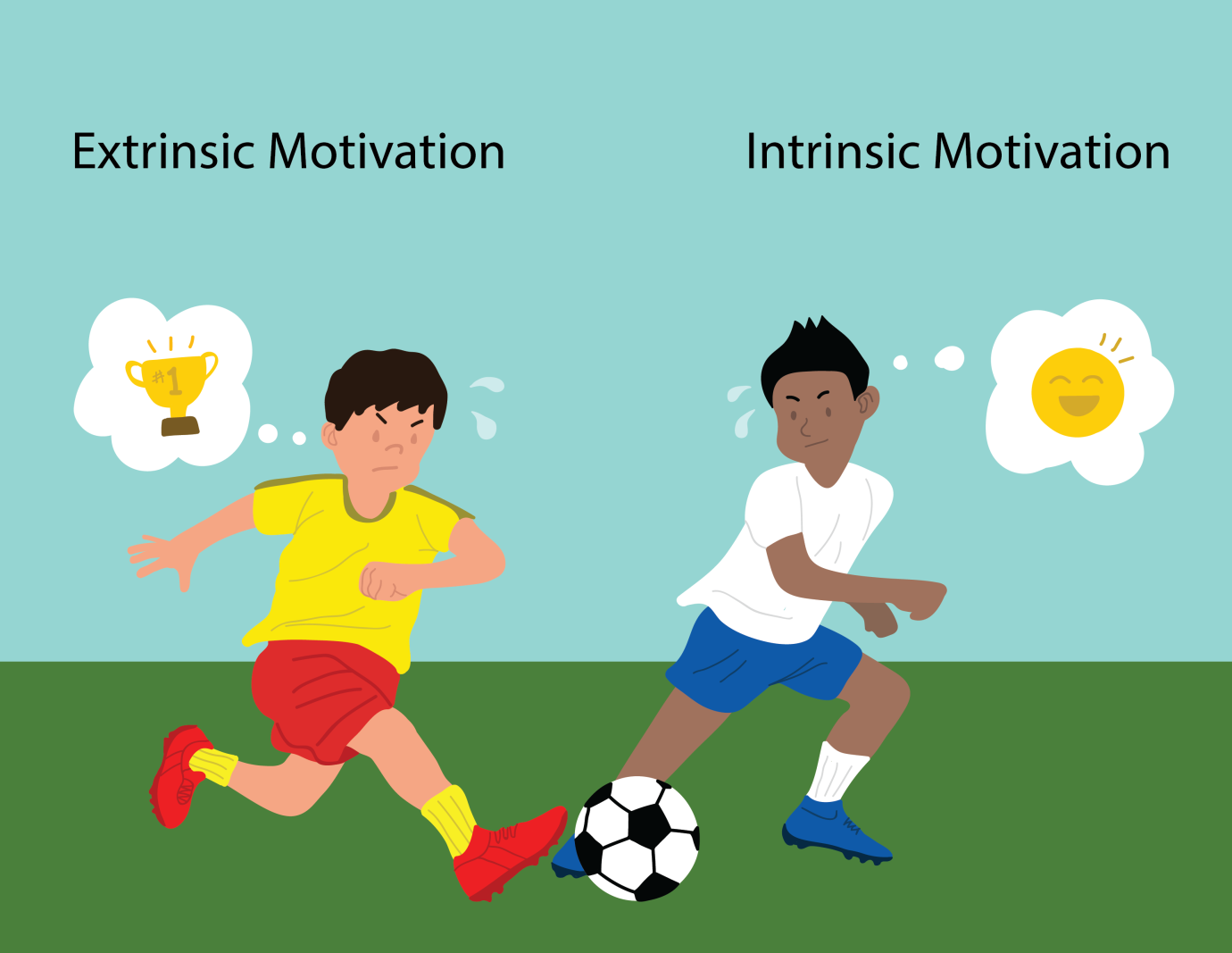Introduction
Motivation could be termed as the drive or desire to achieve a specific goal of an individual. With encouragement, a people are stimulated to conduct their activities accordingly to achieve their goals. In this case, we mainly focus on learner motivation, which is crucial for students’ best performance both indoors and outdoors. Educators should adopt effective measures to guarantee that learners are enthusiastic towards scholarship of new ideas. There are types of motivation that contribute to ensuring that students perform well in their academics. The essay shows the importance of motivation, factors affecting it, and teachers’ vital role in inspiring their students.
Student Motivation
Student motivation is imperative to enhance their performance, especially in academics. In many cases, students who perform better in their studies are usually purposed and desire to achieve their goals. A theory on goal orientation holds that a student or rather a learner is most likely to engage in educative activities in which they are concerned to master the concept or skill (Cook & Artino, 2016). Motivation can be defined as the desire to achieve a goal or a specific objective, which is easily attainable when the learner is focused. In this case, it proved how a student’s motivation could be crucial to academic excellence. A perfect example is that when a student is focused and positive on a specific subject, they are most likely to perform better. On the other hand, if a learner is not motivated to excel, it is most likely that he or she will fail to succeed in the specific subject.

Intrinsic and Extrinsic Motivation
There are two significant types of motivation, which are crucial for a students’ well-being to ensure academic excellence including intrinsic and extrinsic factors Intrinsic motivation usually comes from inside an individual, as they conduct an activity, which is seemingly satisfying for them (Legault, 2016). For instance, when children play because the games satisfy their needs, the urge to engage in such an activity comes from within the person. Therefore, intrinsic motivation includes activities that are suitable for an individual.
On the other hand, extrinsic motivation is generally from outside an individual hence driven by external factors like achieving high grades in a test for students. It is contrary to intrinsic motivation, which comes from inside an individual (Legault, 2016). In many cases, it is driven by a desire to achieve other goals separated from the activity being undertaken. People are encouraged to engage in activities that are enjoyable and interesting or avoid negative outcomes.

Factors That Affect Motivation
The level of motivation for most students is affected by many factors, both in and outside the classroom. However, most of the factors that influence motivation are usually from within the classroom. Some factors outside the classroom are also crucial to the student’s performance (Gülbahar, 2018). Factors outside the classroom include; family issues and the involvement of parents in student learning activities. They are the most significant factors affecting students’ motivation towards excellence, having both positive and negative effects. Factors affecting motivation within the classroom are ample. One of the most crucial factors is the peer relationships within students of a specific class (Gülbahar, 2018). Students without healthy relationships with their classmates have low confidence, which mostly leads to failure. Teaching methods used by teachers are also crucial towards determining the motivation of students towards the subject. In many cases, friendly teachers who have perfect delivery skills increase most students’ motivation towards excellence.
Teacher Strategies
Teachers use many strategies to engage and motivate their students towards academic excellence in their subjects. Research has shown that inspiration is critical to promoting performance of students. One of the most effective teachers’ strategies is supporting a learner’s autonomy in the classroom (Kakar & Pathan, 2017). It involves allowing learners to control their activities by allowing them to make most of their decisions. In many cases, it creates a friendly environment between the teacher and student, hence encouraging students to perform well in their studies. Strategies adopted by educators uphold the skill of self-assessment and management for learners who have control over their learning activities. This kind of motivation has worked for most learners, as they achieve high grades. In that case, the tutors play a significant role in supporting the effectiveness of scholars to attain better grades.
The use of the second language for students to promote understanding is another crucial strategy usable by teachers to motivate their students. Some of the subjects being taught, especially literature, may not be understood using the first language. Using the second language, which is most familiar to the students, is crucial to fully understand the subject. It motivates the students, showing a positive reflection on their grades as they succeed in the subject (Plonsky & Ghanbar, 2018). In research done on teachers, they showed the effectiveness of the strategy towards motivating their students. Another strategy that has proved effective for many students is teachers being inspirational to students. Some students lose hope in their school work due to a lack of drive, while others fail. Passionate teachers have pulled students from failures to success. In some cases, students who are used to failing lose hope, which inspirational quotes and words from teachers can restore.
Teacher Effectiveness
With the comprehensive strategies usable by teachers to promote the motivation of students, there comes great success. When tutors have high expectations, students carry much motivation to please their teachers within themselves. Thus, teachers’ motivation levels to students are crucial to support the success of most students. Creating a close relationship between students and teachers is crucial to bringing the best out of the students. The social and inspirational nature of some teachers is crucial to ensure students perform well in their subjects.
Conclusion
The importance of motivation for students has clearly outlined above. Motivation could either come from within a learner or be triggered by other factors or things that a learner is willing to achieve. In many cases, learners who are properly motivated, either from within or from other factors, finish successfully in the courses. Teachers are a crucial part of the motivation for students. Learners spend much of their school time with their teachers, which gives teachers an advantage and opportunity to motivate their students. With their ample strategies, they are in a proper position to lead their students into success in their subjects. For this reason, educators function to motivate their students towards success. Properly inspired students are likely to take the highest grades in specific subjects. They aspire to achieve specific goals; hence, they have the much-needed drive to realize them.
References
Cook, D. A., & Artino Jr, A. R. (2016). Motivation to learn: An overview of contemporary theories. Medical education, 50(10), 997-1014. Web.
Gülbahar, B. (2018). The Factors Which Affect Learning Motivation of Higher Education Students. In I. Koleva, H.A. Başal, M. Tufan, & E. Atasoy (Eds.) Educational Sciences Research in the Globalizing World (pp. 584-606). St. Kliment Ohridski U Press.
Legault, L. (2016). Intrinsic and extrinsic motivation. In: Zeigler-Hill V., Shackelford T. (eds) Encyclopedia of personality and individual differences. Springer. Web.
Kakar, S. K., & Pathan, Z. H. (2017). Exploring the motivational strategies practiced by Pakistani EFL teachers to motivate students in learning the English language. International Journal of English Linguistics, 7(2), 117. Web.
Ormrod, J. E., & Jones, B. D. (2018). Essentials of educational psychology: Big ideas to guide effective teaching (5th ed.). Upper Saddle River, NJ: Pearson.
Plonsky, L., & Ghanbar, H. (2018). Multiple regression in L2 research: A methodological synthesis and guide to interpreting R2 values. The Modern Language Journal, 102(4), 713-731. Web.
